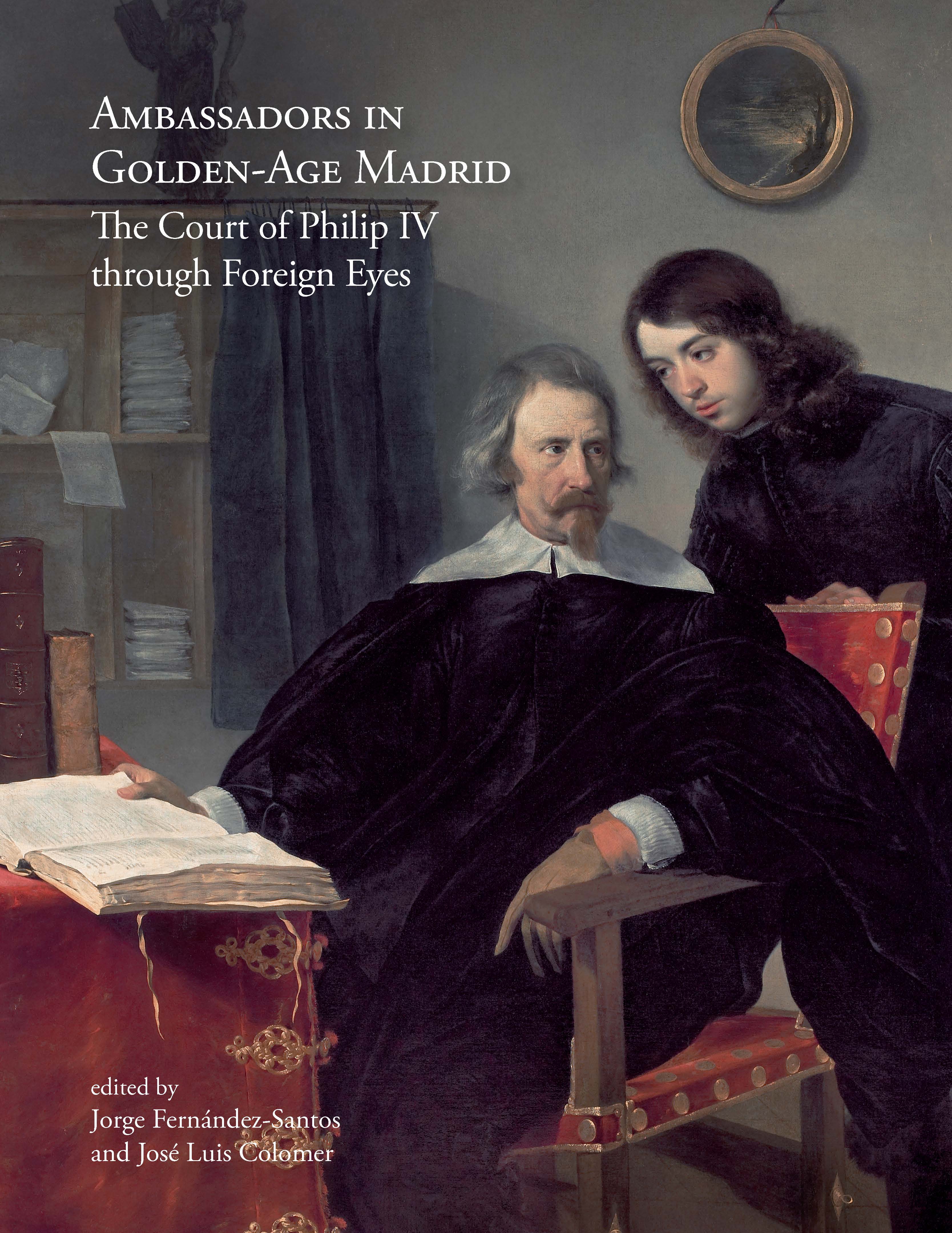Author
Jorge Fernández-Santos and José Luis Colomer (eds.) with a prologue by Sir John H. Elliott and an epilogue by Miguel Ángel Ochoa Brun
Characteristics
608 pages; 287 color illustrations; hardcover with chrome; 21 x 27 cm
Publication
English; 2020
ISBN
978-84-15245-94-0
Price
€57,70
Buy on our site and save 5% on this book until April 30
(coupon code: DÍA DEL LIBRO)
Through a selection of diplomats of various nationalities (the Holy Roman Empire, the Holy See, France, England, Venice, Tuscany, Genova, the small Italian states, Sweden, Denmark, Poland and the Ottoman Empire), this book describes the experiences of the foreign ambassadors posted to Spain during the long reign of Philip IV (1621−65). Their broad variety of testimonies provides a fascinating insight into the court of Madrid and life in the capital of a universal monarchy at pains to defend its hegemonic role amid a number of allied and enemy powers.
The twenty or so – necessarily international – specialist contributors survey the history of diplomacy using complementary approaches and methods. The resulting thirteen chapters – based on many unpublished sources and illustrated with more than 280 plates – reflect how foreign agents viewed Spain and the Spaniards depending on their own origins and personal interests, offering readers an original chronicle of the period.
Jorge Fernández-Santos is a member of the History faculty at the Rey Juan Carlos University in Madrid. Educated at Cornell University, he subsequently earned a PhD in History from the University of Cambridge. He is the author of Juan Caramuel y la probable arquitectura (Madrid, 2014). Several publications delve on cultural exchange between Italy and Spain in the early modern period.
José Luis Colomer has a PhD in Comparative Literature from the University of Bologna and a degree in Art History from the Sorbonne (Paris). He currently directs the CEEH (Madrid) and the CSA (New York). His research addresses cultural relations between Spain and Italy in the seventeenth century through diplomatic agents and the exchange of gifts of artworks.

